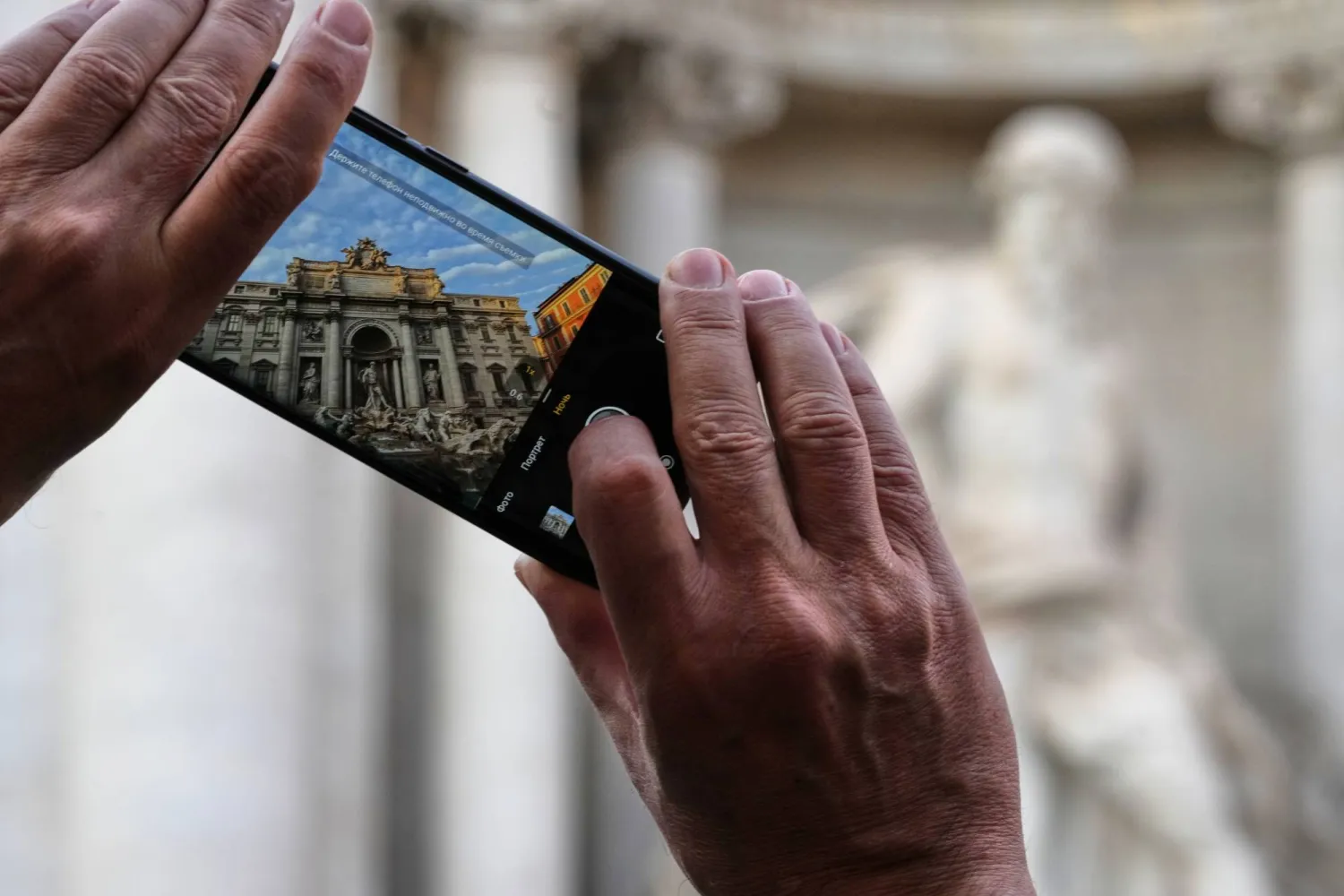In a collaborative effort with the Federation of Arab News Agencies (FANA), the Saudi Press Agency presented a cultural bulletin, titled "Saudi Arabia's Unique Civilization and Heritage Promoted by Culture Ministry," to showcase the rich cultural heritage of Saudi Arabia, emphasizing the significant role played by the Culture Ministry in preserving and promoting the nation's distinctive civilization.
"The Kingdom of Saudi Arabia has a rich, authentic, culture and civilization that has shaped the morals and customs of its people. The country's great heritage, ancient traditions, cultural treasures and spectacularly diverse landscape -- from golden deserts to seas rich in pearls, green fields and exotic canyons -- have informed and shaped its culture, art, literature, thought and sciences, and have also been its citizens' reason to be proud," SPA reported.
In June 2018, a Royal Decree established the Ministry of Culture as an independent entity, led by Prince Badr bin Abdullah bin Farhan Al Saud. The ministry's vision focuses on preserving the Kingdom's historical heritage and leveraging it to foster a thriving culture that contributes to lifestyle, economic growth, and elevates Saudi Arabia's international standing.
According to SPA, the Ministry aims to contribute around 3% to the GDP by 2030 by harnessing cultural potentials. This includes promoting culture among citizens as an integral part of their daily lives, conducting educational programs and training workshops, establishing institutes, implementing empowering initiatives, and organizing diverse cultural activities and festivals that preserve the country's authentic identity.









